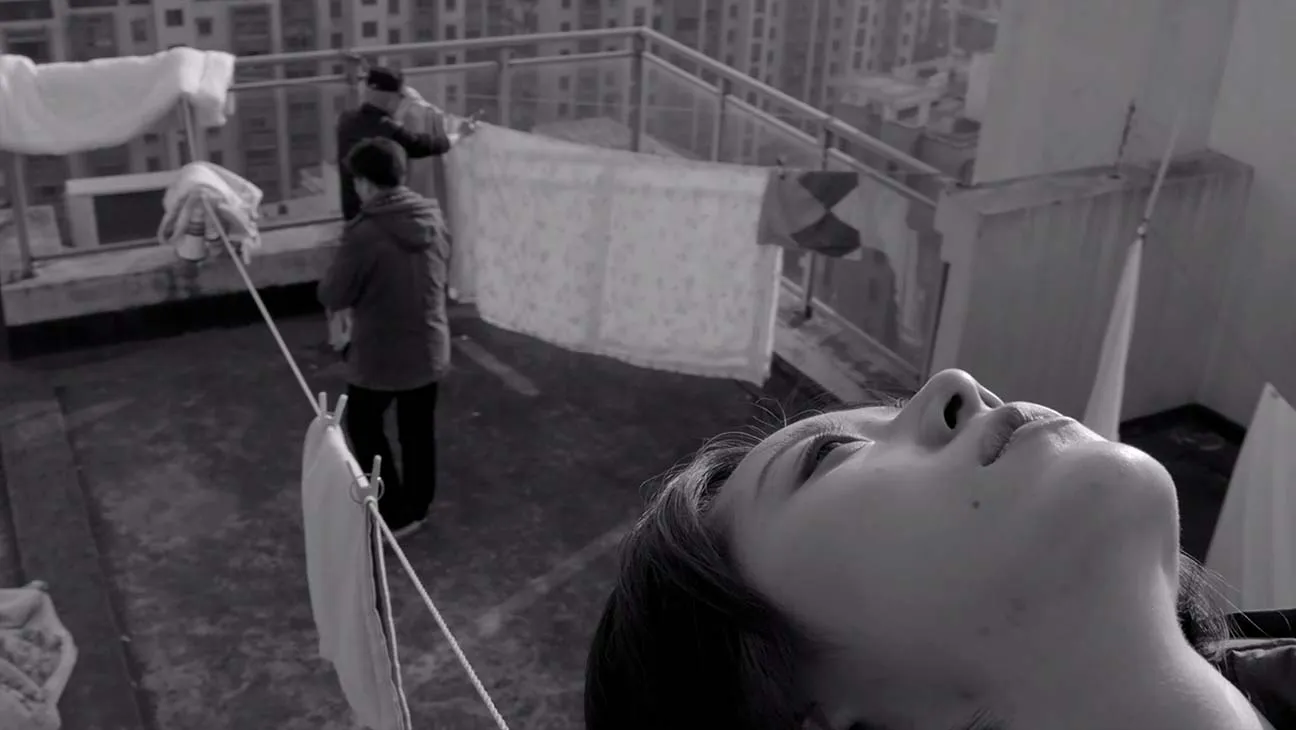What would it be like to lose a grip on your memories? With Room 301, Building 6, you can find out.
“This is my home; I’ve always lived here. But even this place is unfamiliar to me,” is the opening line of this meditative indie video game that lets you step into the shoes of an Alzheimer’s patient.
Developed by three students from the Communication University of China in Beijing and published by Gameragame, Room 301, Building 6 started as an experiment on immersion in different states of consciousness.
Huang Yuhan, one of the game’s developers, tells RADII they had several ideas initially but eventually settled on Alzheimer’s, as some of their loved ones have suffered from the disease.
“We have very personal memories, and it was very smooth to express them through the creation of the game,” explains Huang.

In Room 301, Building 6, players step into the shoes of a retired grandmother on a five-day-long quest to retrieve her memories by finding objects scattered around her apartment.
Just as in real life, Alzheimer’s medication can boost the character’s ability to remember, helping players advance in the game.
“We pondered over it for a long time, but we eventually reached a consensus to prioritize a faithful and unadorned reproduction over conventionally fun gameplay,” Huang shares.

The game is split into two screens to simulate the cognitive limitations that plague Alzheimer’s patients.
On the right, players can only catch glimpses of their character’s apartment instead of seeing the complete picture. This limited visual field serves as a reminder of patients’ shortened attention spans and the difficulties they face in organizing logical thinking. Signifying memory loss, players sometimes need to revisit the same objects.
Using the left panel, players must navigate a maze using their keyboards while constantly exploring the same room and seeking familiar elements and shapes.

The game’s developers hope that, in addition to imbuing gamers with a better understanding of Alzheimer’s, Room 301, Building 6 will have a broader emotional impact on the public.
“This story simulates just one out of millions of patients in the world, but if there is even one small facet of the game that evokes memories or feelings for our players, we’ll have achieved our goal,” underscores Huang.
While an official release date has yet to be announced, a free trial of the indie video game is available for PC users on Steam.
All images courtesy of Gameragames















